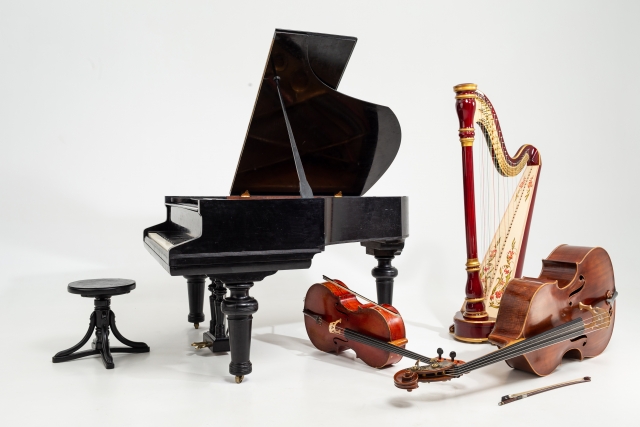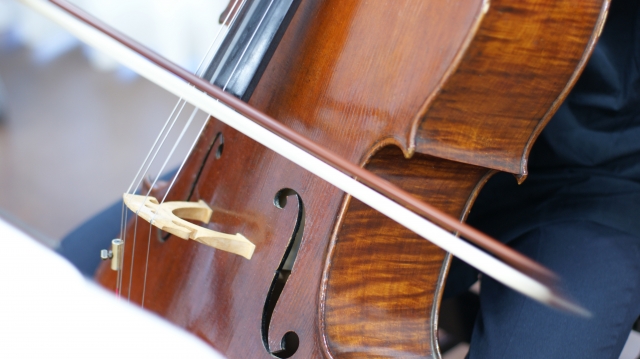BLOG
A detailed explanation of the difference between cello and double bass.
Apr 19, 2024

The cello and double bass are two of the most well-known string instruments, especially for their low notes. However, there are distinct differences between these two instruments, not only in their apparent size, but also in their range, playing style, timbre, and context of use. This section details the main differences between the cello and the double bass.
Size and Structure
The first and most striking difference is the size of the instrument. The double bass is much larger than the cello and is played standing or sitting in a high chair. The cello is relatively small and is usually played by the player sitting in a chair with the instrument between his or her knees. This difference in size is also directly related to the depth and volume of sound produced by each instrument.
Range and Tuning
The range of the cello and the contrabass is also different. The cello has a higher range than the contrabass and is tuned with four strings: C, G, D, and A. The double bass, on the other hand, is usually tuned on the E, A, D, and G strings, covering a range one octave lower than that of the cello. This allows the contrabass to support the lower register in orchestras and jazz bands.
Method of playing
There are also differences in the way cellos and double basses are played. The contrabass requires even more power to play than other stringed instruments that do not have frets, and requires a unique technique, especially in bow handling and finger positioning. The cello is considered easier to play than the contrabass, but both instruments have playing techniques that require a high level of skill.
sound color
There is also a noticeable difference in the tone of the cello and the double bass. The cello's tone is warm and can beautifully express a singing melody line. In contrast, the contrabass has a rich, deep bass tone that can add depth and power to music.
Context of use
The cello and double bass are used in a wide variety of genres, including classical orchestral and chamber music, jazz, and pop music. The cello often plays melodies in solo performances and ensembles, while the double bass plays an important role as part of a rhythm section or as a solo instrument in jazz.
Conclusion.
The cello and double bass are unique and fascinating instruments within the string family. Each requires a different range, tone, and playing technique, and each plays an integral role in music. Knowing the differences between these two instruments is the key to a richer experience of the musical world. Both instruments offer the player unlimited possibilities for expression and have the power to deeply move the listener.


